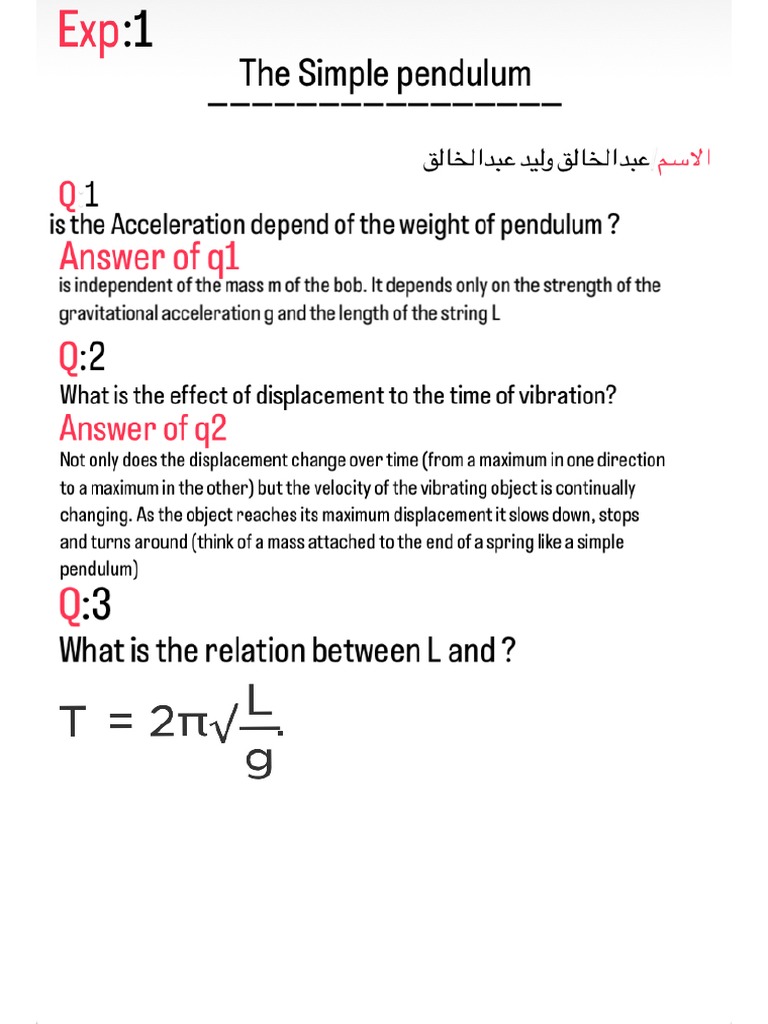As one embarks on the intricate journey of medical physics, the question arises: what is the quintessential textbook that will illuminate the pathway through this multifaceted discipline? Choosing the right textbook can be an arduous endeavor, prompting one to ponder—what is it that truly defines a ‘best’ textbook? Is it the comprehensiveness of content, the clarity of explanations, the author’s credentials, or perhaps the pedagogical techniques employed? This inquiry challenges both novices and seasoned professionals alike, as selecting an educational resource can significantly influence one’s understanding and expertise in this pivotal field of study.
To navigate this labyrinthine realm, one must first delineate the essential characteristics that befit a superior textbook on medical physics. In doing so, we shall explore various renowned titles, each offering unique contributions to the corpus of knowledge within medical physics.
One of the primary considerations is the breadth of topics covered. Medical physics encompasses a variety of domains—radiation therapy, diagnostic imaging, nuclear medicine, and even emerging technologies such as proton therapy and particle physics applications in medicine. A comprehensive textbook should encompass not only foundational theories but also the latest advancements and technologies in the field.
Among the pantheon of noteworthy textbooks, “The Physics of Radiation Therapy” by Faiz M. Khan stands out. This seminal work provides an exhaustive exploration of radiation oncology, marrying theoretical principles with clinical applications. Khan’s text is particularly lauded for its clarity, meticulous organization, and integration of clinical examples, which elucidate complex concepts for learners. The book is replete with illustrations and diagrams that enhance understanding and retention, thus serving as a vital resource for both students and practitioners alike.
Another contender that merits consideration is “Introduction to Medical Physics” by Mark E. Nahum. This text is particularly nuanced in its approach, catering to students who may possess varying levels of familiarity with physics. Nahum’s ability to present intricate topics such as imaging modalities and radiation safety in an approachable manner makes this textbook an invaluable asset. Furthermore, the inclusion of problem sets at the end of each chapter facilitates self-examination and reinforces understanding of the material, a feature that many students find beneficial.
As we delve further into our exploration, it becomes evident that gaining proficiency in medical physics requires not only a solid understanding of theoretical frameworks but also practical application. “Essential Physics for Radiology” by Philip A. E. M. de Lange serves as a bridge between fundamental physics concepts and their application within the realm of radiology. This textbook emphasizes the significance of understanding the underlying physics when employing imaging technologies, enabling practitioners to make informed decisions based on a sound grasp of the principles at work.
Skepticism might arise: are textbooks alone sufficient to cultivate proficiency in medical physics? It is a valid concern, given the dynamic nature of the field, driven by rapid technological advancements. Textbooks, despite their value, can sometimes become outdated. Hence, complementing one’s study with contemporary research articles and industry publications is essential for anyone serious about mastering medical physics.
Additionally, it is crucial to consider the author’s scope of expertise. The text “Physics in Medical Imaging” by David J. Brenner and Eric J. Hall is authored by luminaries in the field and reflects their profound understanding of imaging physics. Their in-depth discussions regarding dose management, imaging technologies, and risks associated with ionizing radiation serve to not only educate but also provoke critical thinking regarding the ramifications of medical practices on patient health. The authors’ credentials bolster the reliability and currency of the information presented, a factor of utmost importance in the landscape of medical physics education.
Furthermore, interdisciplinary approaches in textbooks frequently yield enriched educational experiences. “Medical Physics: Imaging and Radiotherapy” serves as an excellent example. Through the collaborative efforts of various experts from diverse backgrounds, this resource integrates insights from biomedical engineering, physics, and healthcare. Such multidimensional perspectives foster an engaging learning experience and underscore the collaborative nature of medical physics, where teamwork is critical for innovative practices.
In navigating this broader landscape, one might contemplate the role of supplementary resources, such as online platforms and educational software, to complement traditional textbooks. Innovations in technology have birthed interactive learning tools that enhance understanding through simulation and visualization, mirroring the real-world complexities encountered in medical physics. These resources underscore the importance of diversity in educational strategies, catering to the multifarious learning styles of students.
The exploration of medical physics textbooks would be incomplete without addressing the socio-ethical dimensions of the field. “Ethics and Medical Physics” offers a compelling discourse surrounding the ethical implications of emerging technologies and practices within the discipline. It is imperative for aspiring medical physicists to grapple with these complexities as they prepare to enter a landscape where scientific advancements intersect with ethical challenges.
In summation, the search for the best textbook on medical physics may not yield a singular answer; rather, it leads to a curated selection of texts, each serving distinct pedagogical purposes. From comprehensive overviews by esteemed authors to interdisciplinary collaborations that foster holistic understanding, each textbook contributes uniquely to the vast landscape of medical physics. Consequently, prospective students and practitioners must approach this inquiry with a discerning eye, acknowledging that the best textbook is ultimately one that resonates with their educational needs and ambitions. With this in mind, the journey into the world of medical physics becomes a rich tapestry of knowledge, skill, and ethical responsibility—all anchored by the texts that guide them.












